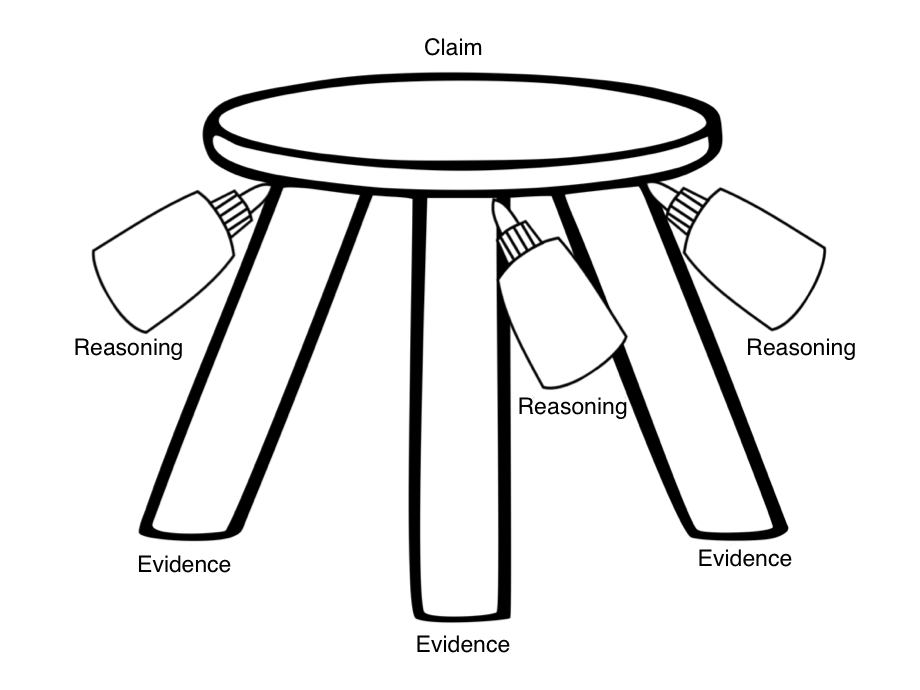Reflections and Collections for the 21st Century Social Studies Classroom
|
by Matt Doran According to dual coding theory, knowledge is stored in both linguistic and non-linguistic (imagery) forms. Pictographic organizers combine the linguistic and non-linguistic modes. They use words, phrases, and sentences along with pictures and symbols to show relationships. The pictographic organizers below provide visual note-taking tools to sharpen historical thinking skills. It is important to note that graphic organizers are only a tool, and must be coupled with inquiry-based pedagogy to maximize effectiveness. Students should be actively engaged in collecting and organizing information in graphic organizers and processing the information from graphic organizers in a variety of ways. Note: Click on the images to download the .png files. The files are designed in 4:3 format for easy integration into presentation software and apps. Classify Information (e.g., social, political, economic factors; types of government) Analyze Cause and Effect Relationships Evaluate Alternative Courses of Action Compare Perspectives in Historical Sources Determine Central Ideas and Supporting Details Make Claims and Counterclaims Support Claims with Evidence and Reasoning Weigh Arguments For and Against a Position Write Persuasive Essays
|
Blog Categories
All
Blog Archives
August 2020
|










 RSS Feed
RSS Feed

4/16/2016
2 Comments